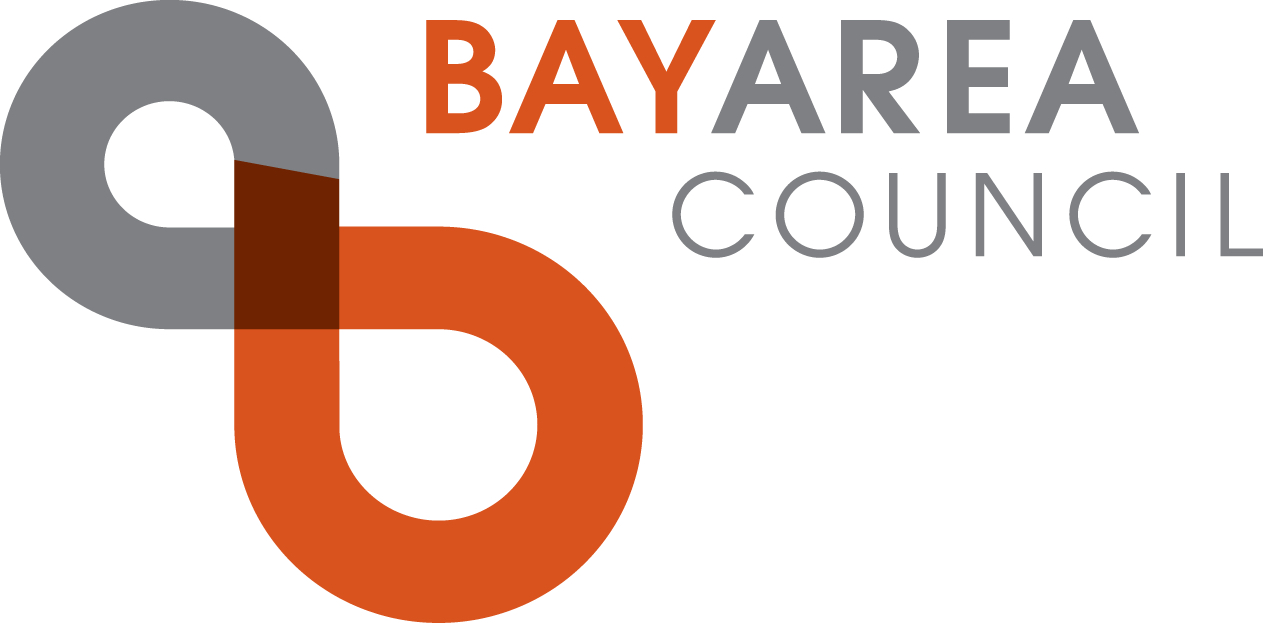Gov. Newsom Names Bay Area Council CEO Jim Wunderman to Helm Water Emergency Transportation Authority
Bay Area Council CEO Jim Wunderman has been named by Gov. Gavin Newsom to serve as Chair of the Water Emergency Transportation Authority (WETA), which is leading an exciting and fast-moving revival of regional ferry service that is removing thousands of cars from congested Bay Area roads and freeways and adding badly needed capacity to the region’s crowded mass transit systems. WETA also gives the Bay Area a powerful response tool in times of emergency.
Wunderman, whose appointment became effective Jan. 1, 2020, has long been a leading advocate for expanding regional water transit service. First appointed to the WETA Board of Directors by former Gov. Jerry Brown in 2015, Wunderman helped in the development of a visionary 20-year plan to expand ferry service to all corners of the Bay Area. He played an instrumental role in the creation of WETA in 2006 and helped lead successful regional funding measures in 2006 and 2017 that together are providing the agency $550 million to build out its fleet and other infrastructure and $35 million annually for operations. Ridership has more than doubled since 2012 with over 3 million passengers using the service annually.
“Restoring robust regional ferry service is critical to addressing the Bay Area’s transportation challenges,” Wunderman said. “I’m honored to take on this role, grateful for Gov. Newsom’s confidence in me and excited to work with an amazing Board of Directors, Executive Director Nina Rannells and many, many other stakeholders to give the Bay Area the world-class water transit system it needs and deserves. And I want to thank former Chair Adm. Jody Breckenridge for her strong leadership in steering WETA through a period of incredible growth.”
WETA has made strong early strides in implementing its long-range plan, which calls for increasing the size of its fleet from 12 vessels to 44, expanding the number of terminals from seven to 16, and growing ridership from 7,500 passengers a day to almost 40,000. In just the past three years, WETA has opened or broken ground on new terminals, routes and other operations facilities in Richmond, Treasure Island, Vallejo, Alameda and San Francisco and added eight new boats with a combined seating capacity of 3,235. Planning is already at various stages to build a terminal at San Francisco’s Mission Bay, add routes to Treasure Island, Redwood City and the South Bay, as well as Berkeley and other East Bay locations.
Through the visionary leadership of developer Ron Cowan, the Bay Area Council played a leading role in the creation of WETA and the Water Transportation Authority that preceded it. In 1996, then-Council CEO Sunne McPeak convened top transportation experts and regional stakeholders in a series of conversations to explore the idea of building a comprehensive regional water transit system. From that work, the state Legislature directed the Council to lead a Blue Ribbon Water Transit Task Force co-chaired by Cowan, former San Francisco Mayor Willie Brown and former Gov. Jerry Brown. Legislation that flowed from the task force authorized the formation of the San Francisco Bay Area Water Transit Authority (WTA) in 2000. At the behest of Cowan, and now with Wunderman’s leadership, the Council in 2006 led an initiative that would formally add disaster response and recovery to the WTA’s mandate.
Detailed History: How an earthquake and a helicopter ride led to regional water transit>>
Key Milestones in the Bay Area Council’s History with Regional Ferry Service
- In 1997, the California State Senate approved Senate Resolution 19 (Barbara Lee), calling on the Bay Area Council and the Bay Area Economic Forum to convene a Blue Ribbon Task Force to study the feasibility of expanding water transit in the Bay Area.
- In 1999, the Blue Ribbon Task Force released its report, recommending the creation of a regional agency with a mandate to create a regional ferry system with 28 terminals, 20 routes, 75 vessels, carrying 15 to 20 million passengers per year. At the time, the Bay Area had six ferry routes with 3.5 million annual riders.
- In 1999, the California Legislature enacted SB428 (Don Perata) creating the Water Transit Authority, based on the model proposed by the Bay Area Council.
- In 2006, on the heels of Hurricane Katrina, the Council recognized the need for a higher priority attention on water transit emergency response, and convened a new Blue Ribbon Task Force which recommended that WTA be transformed into WETA, with a dual mandate: transportation and emergency response.
- In response, the Legislature enacted SB976 (Tom Torlakson) that recast the WTA into WETA, following the model proposed by the Bay Area Council.
- At the Council’s urging, then-Senator Don Perata included $250 million in Proposition 1B in 2006 for emergency response capital funding.
- In 2014, with commute challenges rising to the level of a competitive issue for the Bay Area, the Council reactivated its Water Transit Committee in order to organize and engage employers, land developers, investors, and other private companies for a collaborative effort with WETA to expand ferry operations.




